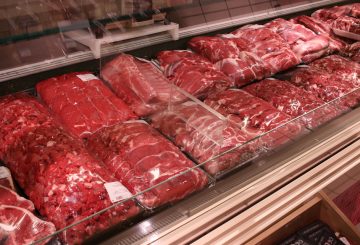计划于2022年在因弗卡吉尔举办一个新的论坛,以扩大南国与亚洲市场的业务联系。
Great Southa亚市场开发经理Ella Zhang表示,南国人与亚洲市场建立联系有 “重大机会”,但大多数人根本没有意识到这些机会。
最近于10月发布的Te Waipounamu和亚洲基金会的报告发现,人际关系对于进入亚洲市场至关重要。
张先生准备利用她邀请亚洲大使和投资者与南国的企业主一起参加明年的论坛,扩大该地区的潜力。
“首先,人们认为在亚洲出口或开展业务都非常艰巨。我想打破这个障碍,” 她说。
“我想让它成为我们的起点,以表明我们的地区已准备好与亚洲开展业务,并展示我们在这里已经拥有的卓越表现和专业知识。”
张说,南国企业认为亚洲市场 “太难进入”,或者认为它们对于像阿里巴巴这样的大型电子商务平台来说还不够大,这是错误的。
“我认为这是[the]当地人的自然心态,我们只是在做自己的事情,我们不喜欢吹牛。我想我们错过了很多机会…如果人们不了解我们,他们就不知道要联系我们,” 她说。
她说,自从大约12个月前就职以来,阿里巴巴区域经理Pier Smulders曾四次来访,对出口和旅游业提供的产品感到 “震惊”。
“他以前从未来过这里…[now]他正在积极与不同的公司讨论如何帮助他们利用阿里巴巴平台进行出口…我认为这只是向你展示了可用的连接。”
此前,Great South战略项目总经理Stephen Canny表示,通过瞄准高价值的亚洲中产阶级市场,南国出口商可以增加500万至1000万消费者。
张说,目前处于融资阶段的新西兰功能食品燕麦奶厂以及肉类和海鲜行业可能使用副产品来制造鲑鱼油补充剂和宠物食品,这将吸引该市场当前的趋势。
目前,南国肉类生产商通常将其副产品出售给该地区以外的公司。
“对我们来说,这就像 “等一下,我们几乎一无所获地出售它[companies from outside the region],然后他们用它来向价值链上移动,制作自己的食谱并赚很多钱。为什么我们不能在这里做呢?”她说。
拟议中的南国绿色氢能发电厂也引起了国际关注,韩国贸易专员与张进行了接触。
她说:“因此,这不仅仅是从传统商品的角度来看。”
来源:东西






























































